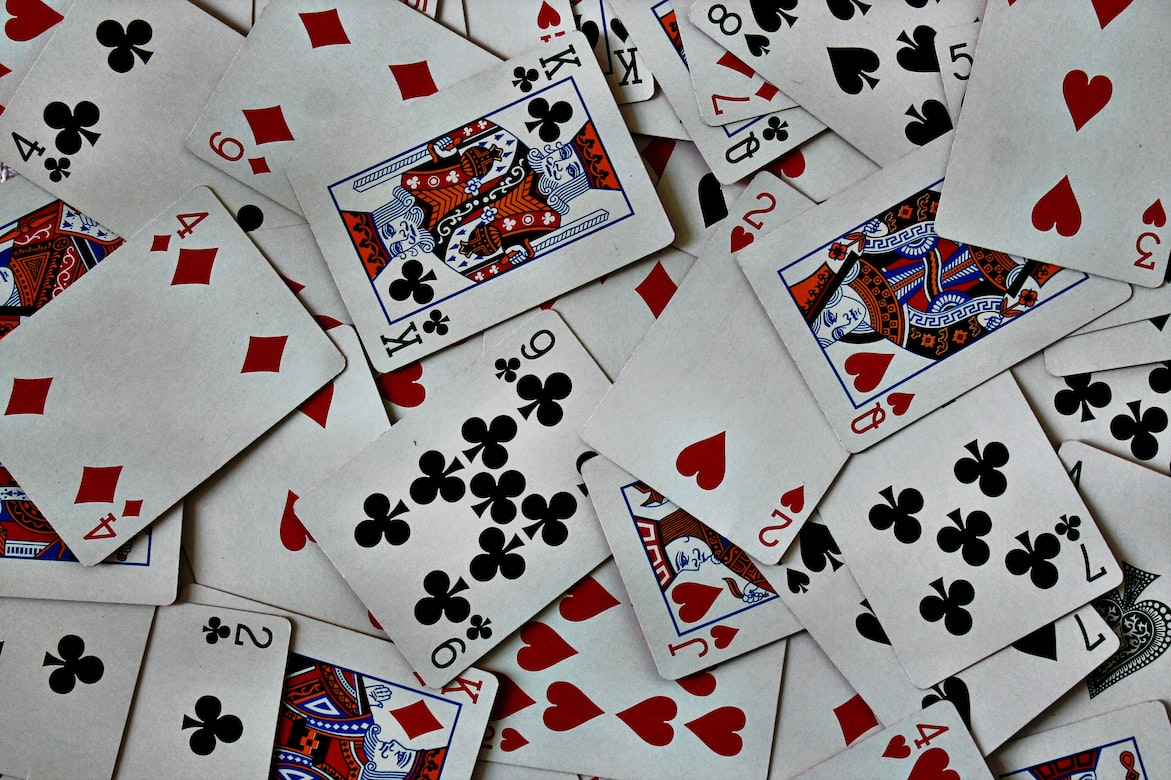Poker is one of the most popular card games in the world, and it’s easy to see why. Poker has something for everyone: whether you’re a novice looking for an exciting way to learn the basics of tells and bluffing, or an experienced player honing your skills, poker offers numerous opportunities for skillful play. It also contains elements of strategy and decision-making which can appeal to serious gaming enthusiasts who crave a challenge beyond luck and chance. Additionally, there’s a social element to playing poker. It’s not just about competing with yourself, which draws players together in a competitive environment where skill gets tested, and clever moves are rewarded. It is no surprise, then, that poker continues its reign as one of the most beloved card games in the world.
One of the most attractive aspects of poker for many players is its depth of skill – it’s not a game that can be mastered easily or within a short timeframe, making every round incredibly compelling. One factor contributing to this complexity is how possible strategies are ever-changing; by effectively reading your opponents, their previous behavior, and their table image in combination with your own position at the table and knowledge of card theory, you’ll have the greatest chance of success. The variety in strategies means the game never has to become stagnant or dull, as there’s always something new to learn and incorporate into your approach. This poker guide aims to teach you an essential concept of any poker strategy: Adaptability.

Why adaptability is important: Exploitative poker
Knowing how to adapt your poker strategies is one of the most critical skills necessary for success in the game. As poker is a complex game, there can be no single strategy that works best in every situation – hence the importance of adaptability. A prime example of this lies in bluffing: if you know that your opponent plays a loose game and rarely folds, then bluffing them is likely to be fruitless, as they are unlikely to fold to any bluffs you attempt. However, if you can recognize this quickly, you will be able to adapt and adjust your play accordingly, enabling you to maximize the potential of each situation. This style of play that focuses greatly on finding your opponents’ weaknesses and capitalizing on them is known as exploitative poker, and it is a tactic many high-level players use effectively.
Why adaptability is important: Stopping others from exploiting you
The importance of adaptability in the game of poker cannot be overstated. Taking a predictable approach to the game is a surefire way not to maximize your profits. Being too predictable will allow your opponents insight into which type of hands or betting strategies you prefer, which can be used as an advantage against you. Learning to adjust your strategy and keep opponents guessing offers much better long-term results, as it prevents them from forming effective counter-strategies. As far as winning in poker is concerned, staying one step ahead is paramount — the key is to stay unpredictable!

Adaptability examples: Adapting to opponent playstyles
Poker players need to be aware of the different poker playstyles of their opponents to make the most informed decisions. Specifically, poker players must recognize that there are four main poker playstyles: tight-passive, tight-aggressive, loose-passive, and loose-aggressive. Understanding these poker playstyles is key to making sound decisions during poker games. They provide valuable insights into how other poker players will act at any given point in the game. Tight and loose describe the number of hands someone plays. Tight players stick to premium hands like pocket aces, while loose players are willing to play more hands, even those considered mediocre like 98s. Passive and aggressive describe your betting style. Passive players prefer to check and call, while aggressive players frequently bet and raise.
Knowing this, you can mold your strategy around your opponents to ensure maximum profit. We already mentioned bluffing against tight opponents, but you can also use loose-passive players for value. You can make big value bets with premium hands, and since loose-passive players play a lot of hands passively, they will often call the bets and build the pot for you. Another example of this is slow playing against a loose-aggressive opponent. While they are typically tricky, slow play can be an exceedingly effective strategy. You can trick them into betting and building the pot for you by playing passively, even with a strong hand.
Adaptability examples: Position
Position can be leveraged in poker to create a huge advantage over your opponents. In early positions, where far less information is available, it pays to play tighter than usual and focus on hands with the higher expected value. When in a late position, the dynamic shifts, allowing you to pressure players who have already acted and make more effective bluffs due to the increased amount of information available. By adapting your strategy based on position, you can gain significant advantages over players who ignore this critical element of the game.

Practice poker online!
Poker is an ever-changing game that requires adaptation to remain successful. Although one strategy may be effective in certain situations, playing poker optimally requires adjusting according to changing conditions. That is why poker pros are so successful; they excel at adapting strategies as play conditions evolve over the course of a tournament. There’s no better way to hone your skills than by practicing with online poker; regular play will help you understand when and how to adapt your approach best. So if you’re ready to become a poker master, start by taking time to observe different scenarios and make strategic adjustments as needed.




